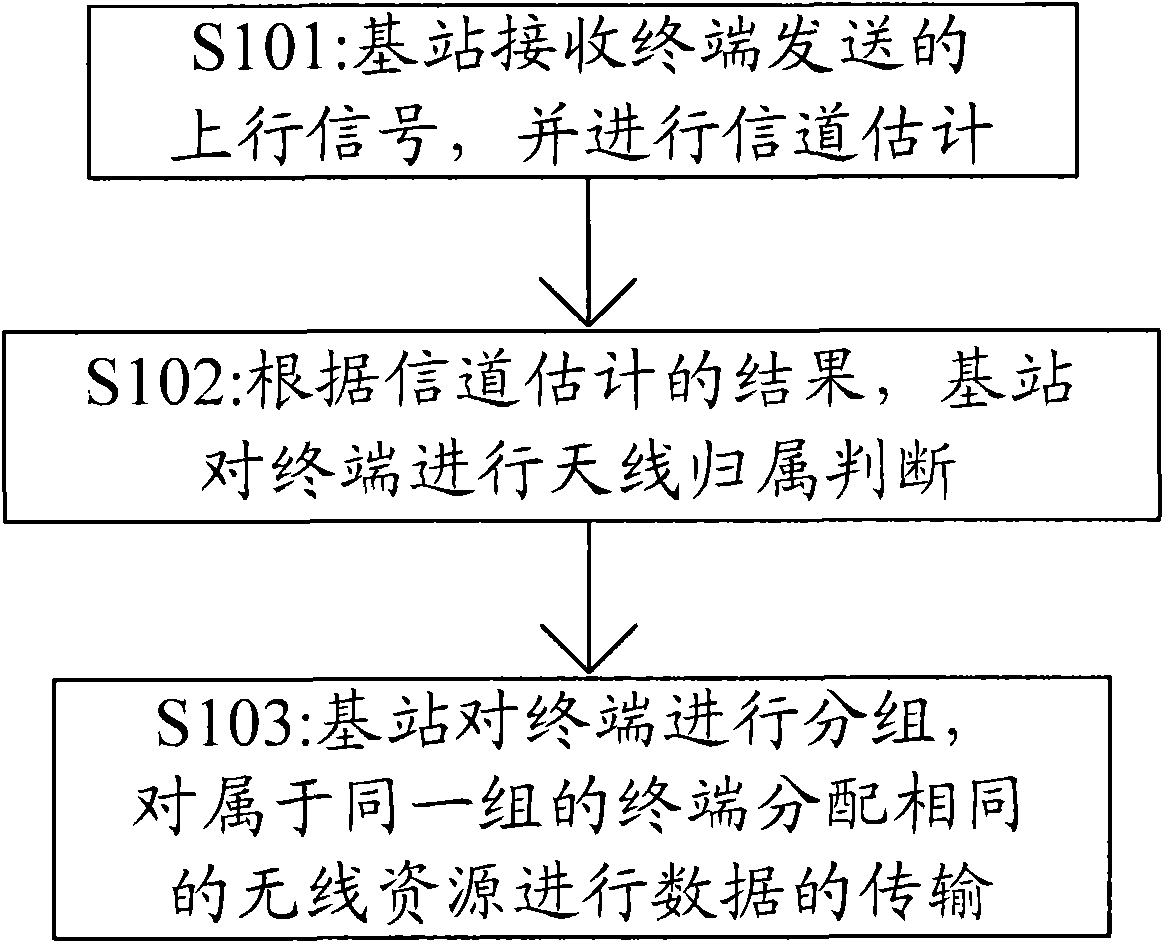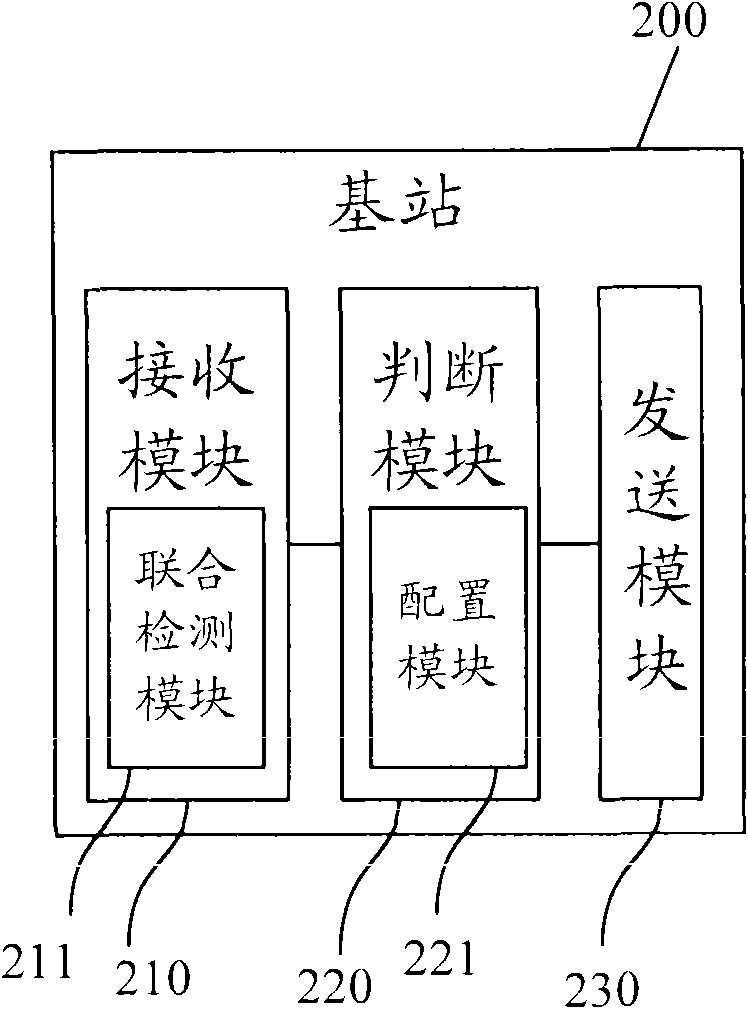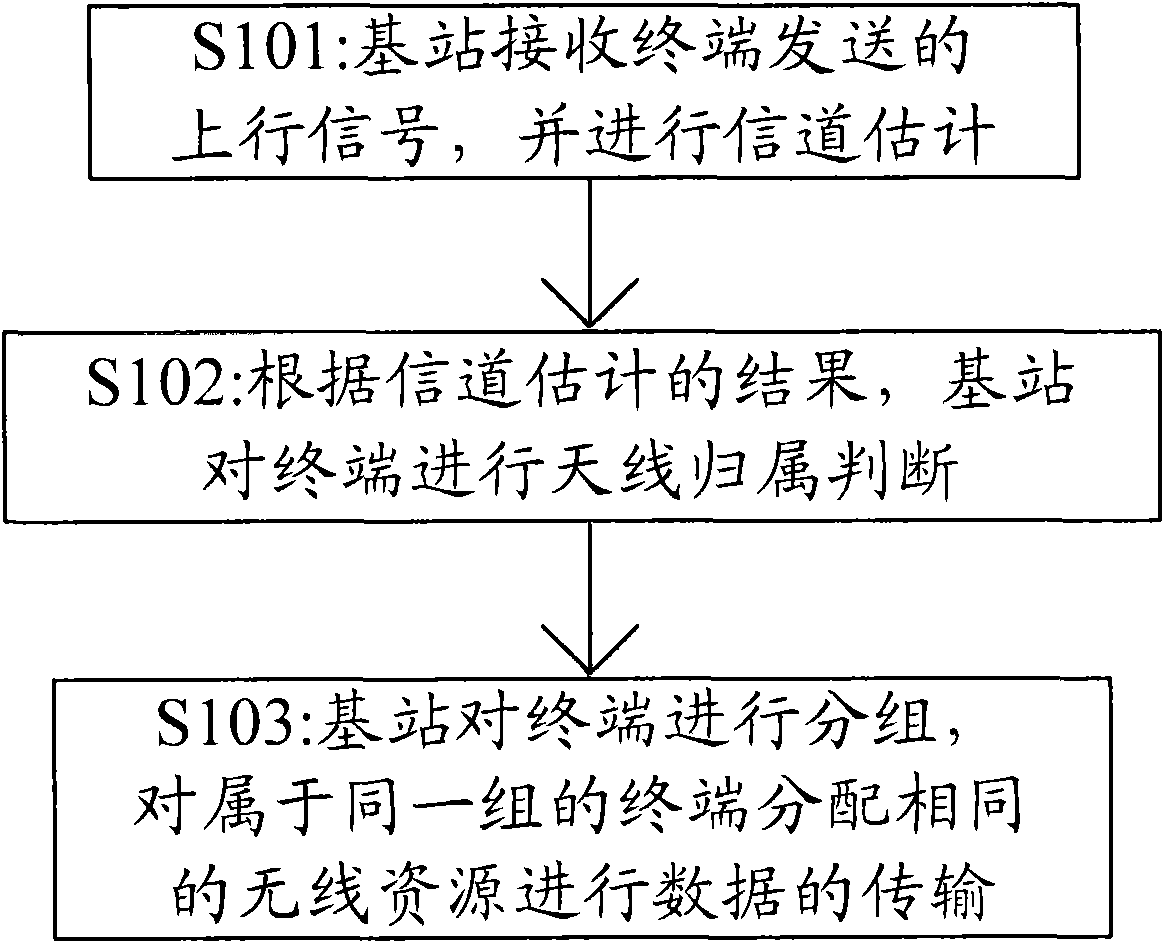Space division multiple access method and device for indoor distributed system
A space division multiple access and distributed system technology, applied in the field of mobile communication, can solve the problem of inability to distinguish multiple users, and achieve the effect of improving system capacity
- Summary
- Abstract
- Description
- Claims
- Application Information
AI Technical Summary
Problems solved by technology
Method used
Image
Examples
Embodiment Construction
[0037] Embodiments of the present invention are described in detail below, examples of which are shown in the drawings, wherein the same or similar reference numerals designate the same or similar elements or elements having the same or similar functions throughout. The embodiments described below by referring to the figures are exemplary only for explaining the present invention and should not be construed as limiting the present invention.
[0038] The present invention proposes a space division multiple access method for an indoor distributed system, including the following steps: the base station receives an uplink signal sent by a terminal, and performs channel estimation according to the uplink signal; according to the result of channel estimation, the base station The terminal performs antenna ownership judgment; the base station divides the terminals belonging to different antennas into the same space division multiple access SDMA group, and allocates the same wireless ...
PUM
 Login to View More
Login to View More Abstract
Description
Claims
Application Information
 Login to View More
Login to View More - R&D
- Intellectual Property
- Life Sciences
- Materials
- Tech Scout
- Unparalleled Data Quality
- Higher Quality Content
- 60% Fewer Hallucinations
Browse by: Latest US Patents, China's latest patents, Technical Efficacy Thesaurus, Application Domain, Technology Topic, Popular Technical Reports.
© 2025 PatSnap. All rights reserved.Legal|Privacy policy|Modern Slavery Act Transparency Statement|Sitemap|About US| Contact US: help@patsnap.com



